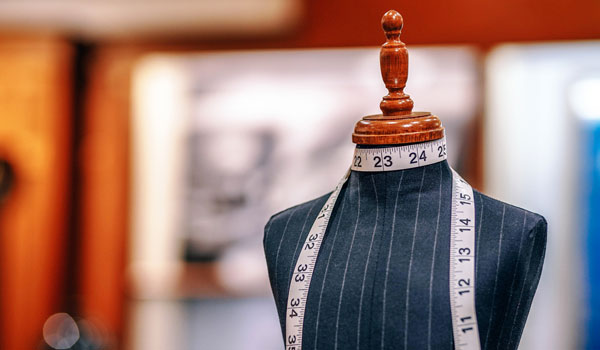Published : September 2021
Friction Points in Fashion & Textiles: Removing Barriers and Accelerating Climate Action
A reveal of friction points and sustainability solutions for fashion and textile companies
Working with 40 leading, global retailers, brands, and suppliers, this study we highlight fashion and textiles industry insights and successful practices to address climate change. The study, conducted in partnership with Textile Exchange, dives into the climate reduction activities of some of the world’s most advanced fashion retailers and suppliers, putting them context of the climate journey, from defining GHG goals and measures of success, through mobilizing internal resources and transforming the supply chain, to extending impact externally. For each phase, we identify the friction points that slow down progress and discuss 12 successful practices that overcome them to drive initiatives forward.
Early evidence indicates as many as two-thirds of brands and retailers that have announced Scope 3 targets are not on track to achieve absolute Scope 3 emission reductions. We found that announcing bold climate goals does not correlate with actual carbon reductions, but we observed that companies that incorporate a more sophisticated definition of sustainability linked to GHG emissions achieve better results.
Intended audience:
Business leaders throughout the fashion and textile industries including supply chain partners, project owners, material manufacturers, and others.
Content highlights:
- 4 phases of the climate journey
- Friction points in each stage of the journey
- Practices that address the barriers to progress
- Insights for further action
This research is available to members of The Climate Board. If you are a member, please click the button to log-in.
If you are interested in learning more about The Climate Board membership or wish to speak with a member of the research team, please fill out the form below and we’ll be in touch.
